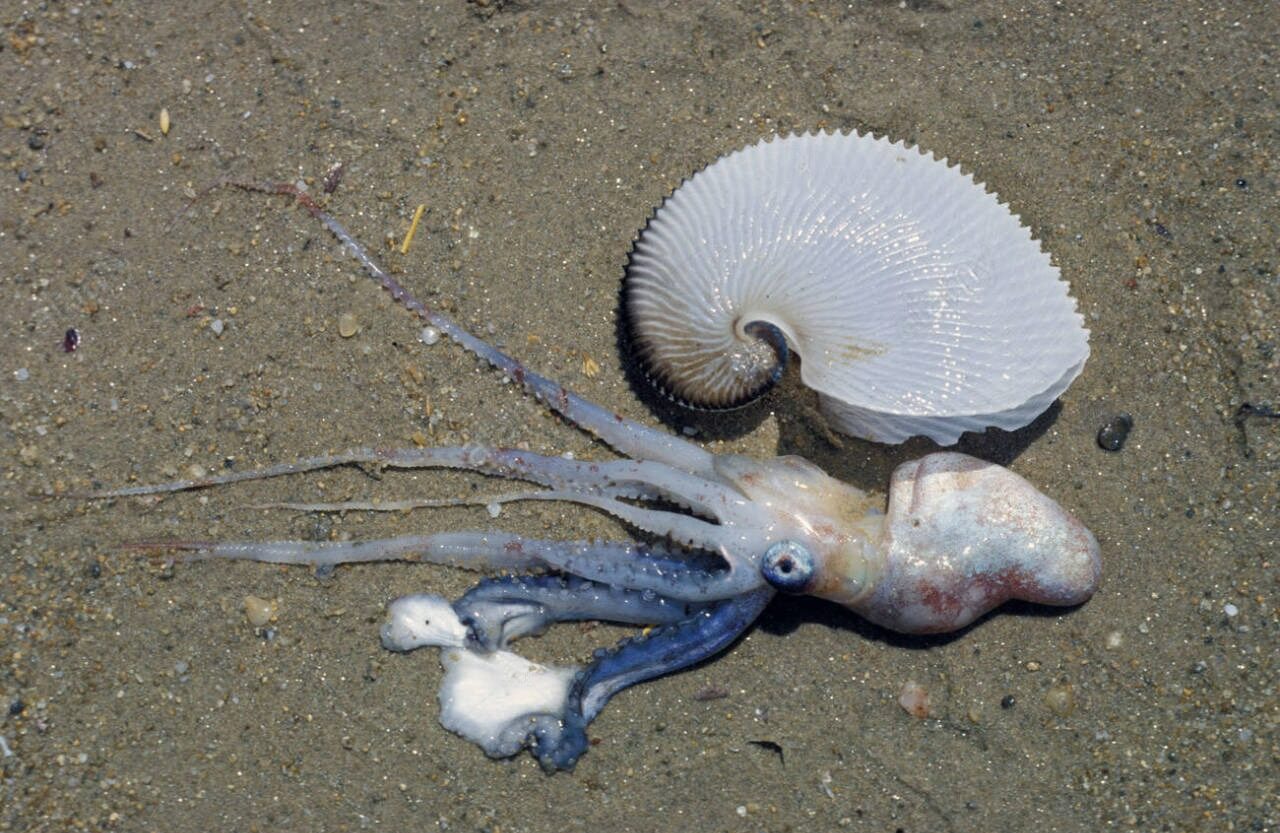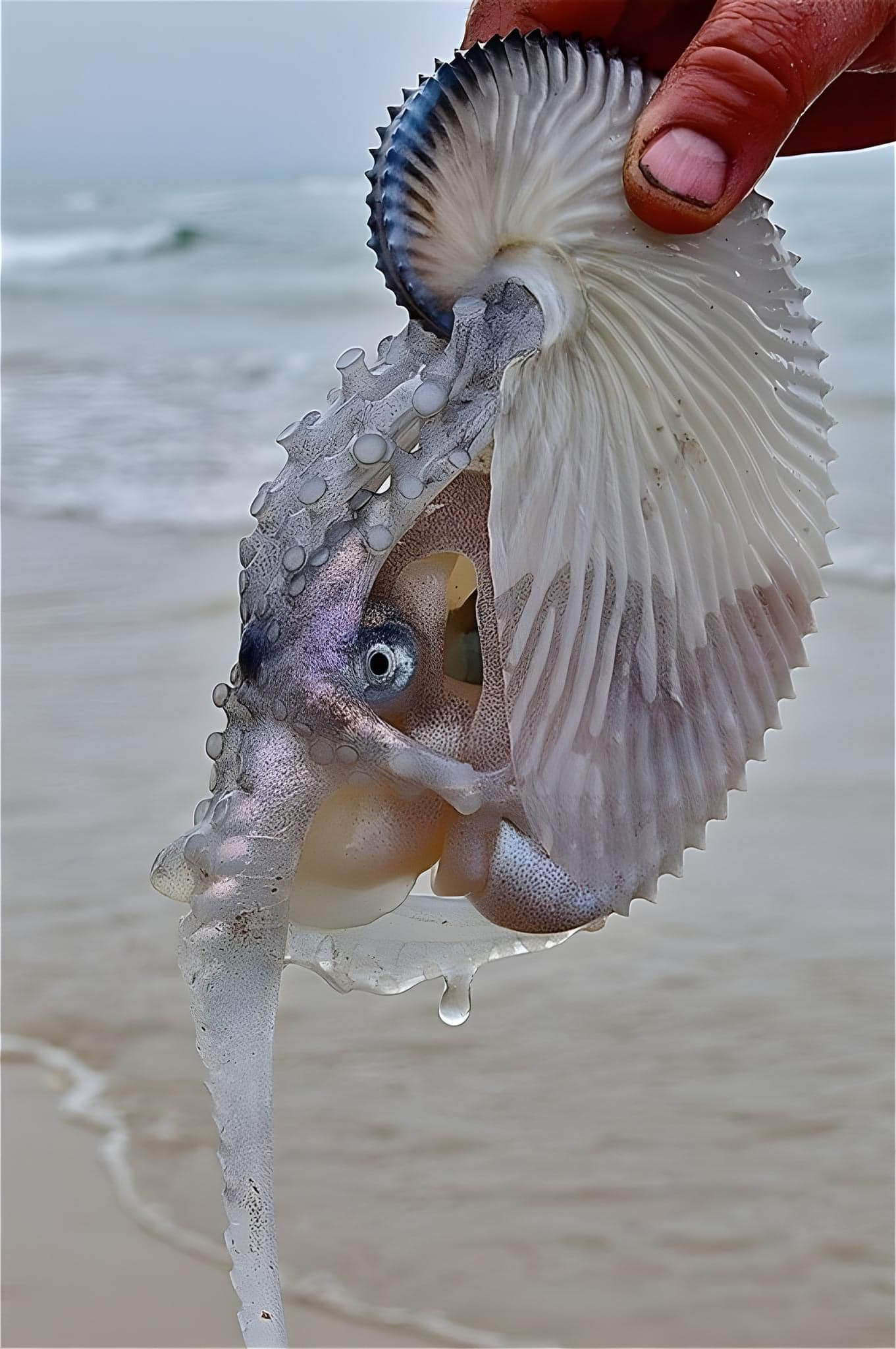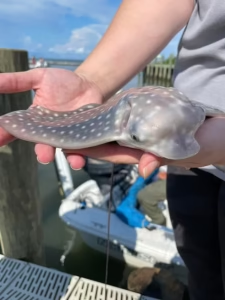The Argonaut, a unique and extraordinary marine creature, is often mistakenly identified as a nautilus due to its delicate, paper-thin shell. This fascinating cephalopod has intrigued scientists and nature enthusiasts alike for its remarkable biology and behavior, making it one of the ocean’s most enigmatic creatures.
The Enigmatic Argonaut
The Argonaut, commonly known as the paper nautilus, is a species of octopus renowned for its ability to create its own shell. Unlike other octopuses, female Argonauts secrete a paper-thin shell from specialized glands located on their arms. This shell serves multiple purposes: it provides protection for their eggs and acts as a buoyant vessel, allowing them to drift through the open ocean.
A Closer Look at the Argonaut’s Unique Features
- Unique Shell Formation: The female Argonaut’s shell is not a true shell like that of snails or clams. Instead, it’s a secretion produced by glands on her arms. This makes it both lightweight and fragile.
- Sexual Dimorphism: There is a distinct difference in size between male and female Argonauts. The males are much smaller and do not possess a shell. Instead, they have a specialized arm known as the hectocotylus, which they use for transferring sperm to the female.
- Jellyfish Symbiosis: Argonauts often form symbiotic relationships with jellyfish. They attach themselves to the jellyfish’s bell, using it for both transportation and protection. In some cases, they even consume the jellyfish’s tissues, making it a mutualistic relationship where both creatures benefit.
The Argonaut’s Role in the Marine Ecosystem
The exact ecological role of the Argonaut is still not fully understood, but it is believed to play a vital part in marine food webs. As a predator, it feeds on small crustaceans and other invertebrates. Additionally, the shells of Argonauts provide habitats for other marine organisms, which contributes to the overall biodiversity of the region.
Conservation Concerns
While the Argonaut is not currently classified as a threatened species, it faces several threats from human activities. Pollution, overfishing, and habitat destruction all pose significant risks to this remarkable creature. It is crucial to continue efforts to protect marine ecosystems and minimize human impacts in order to ensure the long-term survival of the Argonaut and similar species.

Conclusion
The Argonaut octopus, with its ingenious shell and fascinating behaviors, is a true marvel of nature. By understanding and appreciating this unique creature, we can inspire efforts to protect the oceans and the diverse marine life they support. The more we learn about the Argonaut, the more we recognize the importance of preserving our oceans for generations to come.



